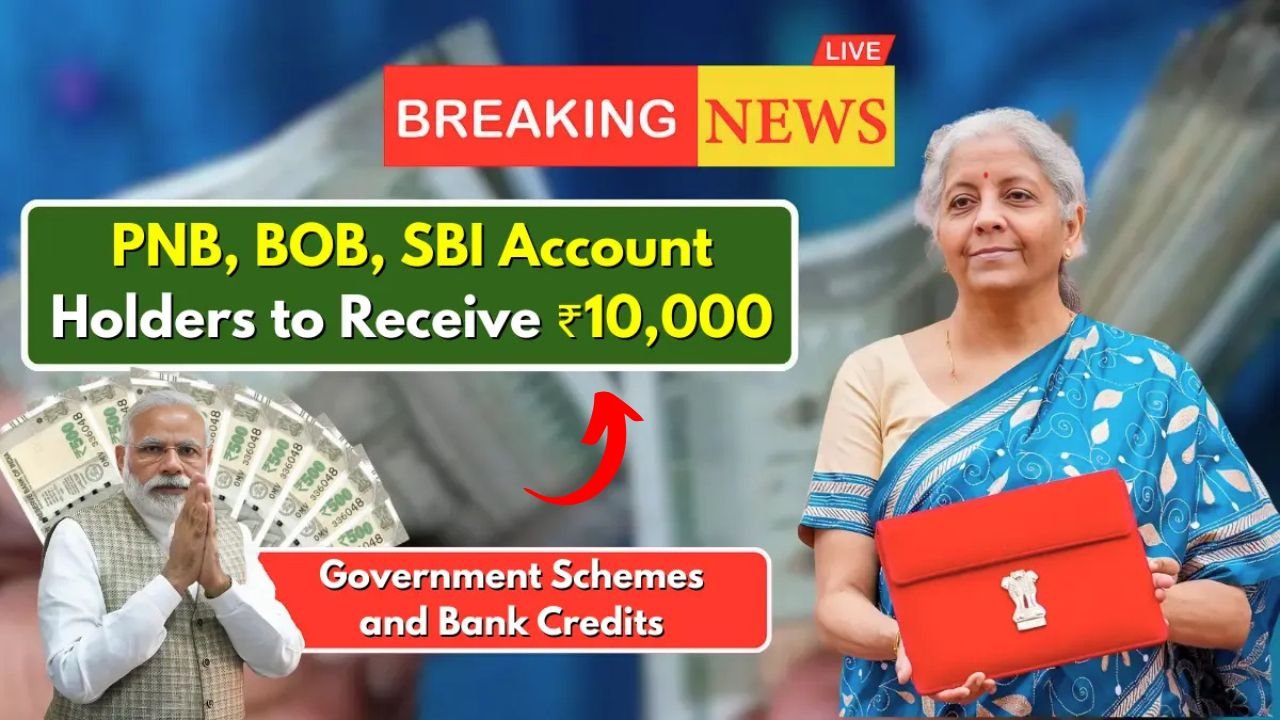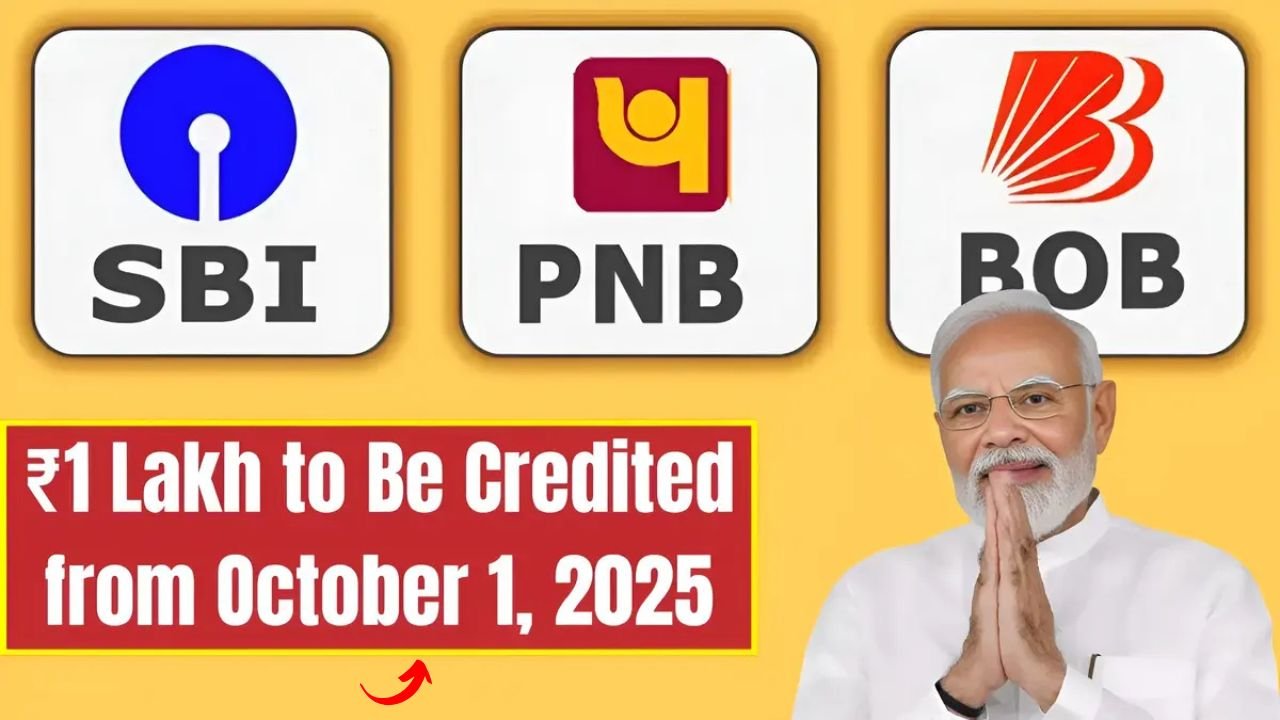PNB, BOB, SBI Account Holders to Receive ₹10,000: In an unexpected yet positive update for customers of Punjab National Bank (PNB), Bank of Baroda (BOB), and the State Bank of India (SBI), reports of a ₹10,000 deposit being credited to bank accounts have sparked wide attention across the financial sector.
The news initially stirred both excitement and uncertainty among account holders. However, further details are now surfacing about the source, objective, and eligibility conditions tied to this credit. This article will break down the update in a simple and easy-to-understand manner, ensuring you have all the essential information at your fingertips.
LIC Smart Pension Plan 2025: Big Returns on ₹1 Lakh Investment
₹10,000 Credit for SBI, PNB, and BOB Customers – Who Is Eligible?
In recent days, customers of Punjab National Bank (PNB), Bank of Baroda (BOB), and State Bank of India (SBI) have reported receiving a credit of ₹10,000 in their accounts. What began as a rumor on social media has now been confirmed as part of a larger government-backed financial initiative, not a random promotional offer.
Why Are Banks Crediting ₹10,000?
The payment is linked to government welfare schemes and is not meant for all account holders. Beneficiaries include:
- Small and marginal farmers
- Pension recipients
- Women-led self-help groups
- Jan Dhan account holders
- State-level welfare scheme participants
Programs such as PM Kisan Samman Nidhi (PM-KISAN), National Social Assistance Programme (NSAP), and PM Jan Dhan Yojana are among the main sources. Public sector banks are acting as channels for the Direct Benefit Transfer (DBT), ensuring funds go straight into beneficiary accounts.
How the Credit Reaches Customers
-
Deposits are automatic and require no action from customers.
-
Notifications may arrive via SMS, email, or mobile banking apps.
-
In many cases, the deposit appears directly in the transaction history with a code or note linked to the scheme.
-
Funds are credited only if the account is active, KYC-compliant, and Aadhaar-linked with the relevant government scheme.
Eligibility Conditions
Not everyone qualifies for the payout. Based on current reports, recipients are typically:
-
Registered under government schemes (PM-KISAN, PMJDY, NSAP, etc.)
-
Holders of active accounts linked with Aadhaar
-
Beneficiaries listed on state or central DBT portals
Accounts with mismatched details or inactive status may not receive the credit, even if the individual is otherwise eligible.
One-Time or Recurring?
So far, the ₹10,000 appears to be a one-time payout under specific relief or welfare programs. However, certain schemes like agricultural support or pension plans may issue regular payments (quarterly or biannual), depending on government allocations.
What Customers Should Do
-
Check your recent transactions via net banking, mobile app, or passbook.
-
If you qualify but haven’t received the money, verify your status on government portals such as PM-KISAN or Jan Dhan Yojana.
-
Ensure your KYC is updated, Aadhaar is linked, and account details are accurate.
Beware of Scams
With news of this credit spreading quickly, fraudsters are sending fake SMS and phishing emails asking customers to share OTPs or click suspicious links. No bank or government agency will ever request sensitive information through such messages. Always use official apps or websites to check your account.
Bottom Line
The ₹10,000 credit is a targeted government benefit, not a universal bonus for all bank customers. For those eligible, especially farmers, pensioners, and low-income households, it offers timely financial relief. SBI, PNB, and BOB remain the main banking partners for rolling out these welfare funds seamlessly and directly.
Disclaimer: This article is intended solely for general information and should not be treated as financial advice. Actual eligibility, features, and benefits may differ depending on prevailing regulations and institutional policies. Readers are advised to confirm the details with their bank or authorized sources before making any decisions.





